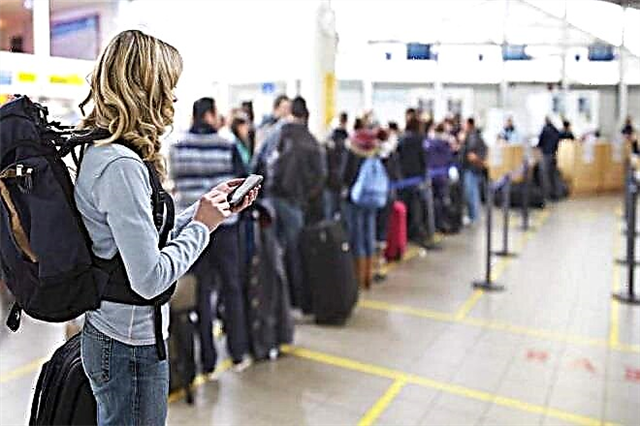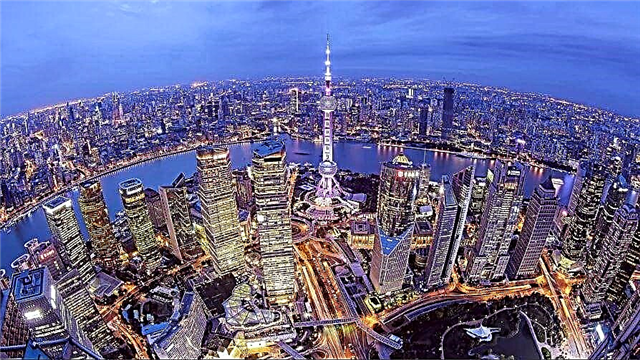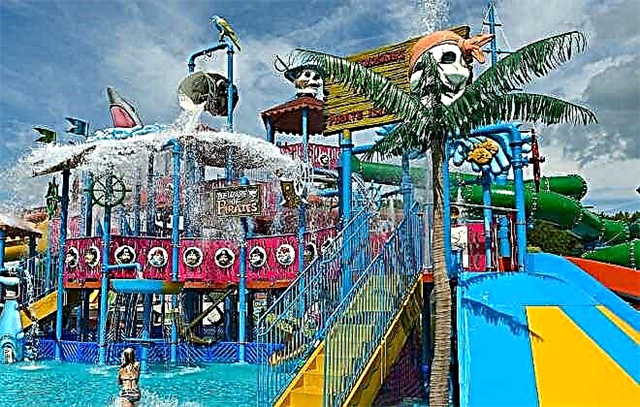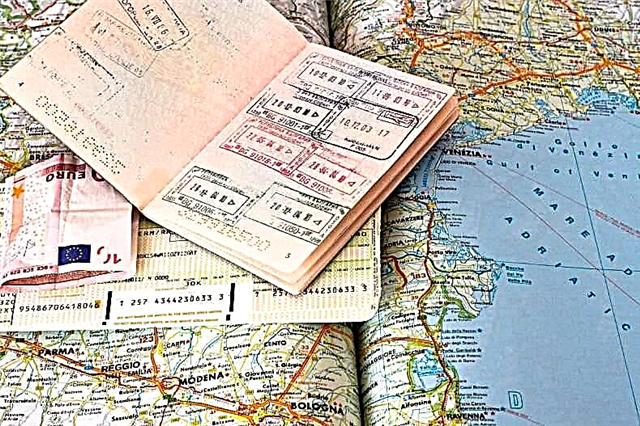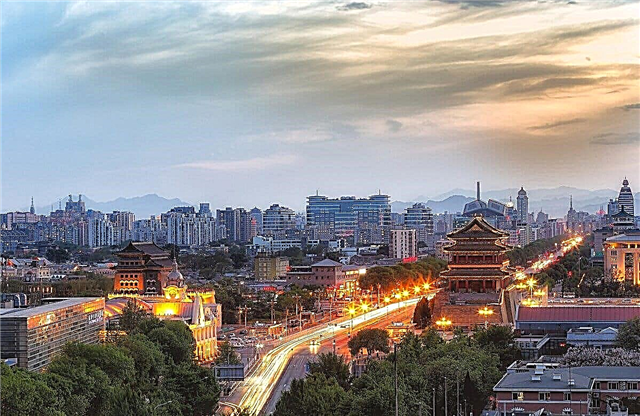Beijing is the main city and cultural center of the People's Republic of China. Since the population of this country is the most numerous in the whole world, many believe that its capital is the most populous of all cities on the planet. Beijing has a difficult long history, as the city appeared long before our era. There is still confusion in the world about its name, Russians call it Beijing, and foreigners call it Beijing.
What city is actually the capital of China
The capital of China is Beijing or Beijing, however, due to the peculiarities of the dialect, the city is called Beijing in Russian.

It is noteworthy that even the Chinese themselves pronounce its name differently, due to the fact that their native language has many dialects.
Sometimes foreigners have a problem in determining the exact capital of the People's Republic of China, because there is another huge metropolis inhabited by the Chinese - Hong Kong. Shanghai is also often called the main center.
However, it is worth remembering that the privilege of the main economic and political center of the country officially since 1948 belongs only to Beijing.
History of the city of Beijing (China)
The first settlement on the site of the current capital of China appeared in1 thousand years BC. Then it was called Ji and belonged to the feudal state of Yan. However, soon these lands fell under the rule of Manchuria, the head of which appointed the city as the capital of his state.

In the 14th century Already AD, the city was conquered by the Chinese state, headed by the Ming dynasty. It was then that it was renamed into a more similar sounding name - Beipin. Soon the city became the main economic and cultural center of the country, which it is to this day.
Symbols of the Chinese capital
The main symbol of Beijing is the Temple of Heaven, which was built back in the 15th century... It is one of the many buildings in the Forbidden City. Another significant symbol of Beijing is the Gate of Heavenly Peace, which is the entrance to the palace complex. It is these buildings that are depicted on the state emblem of the country.
Beijing in Chinese
You May Also Like
During its long history, the city has changed its name many times. It acquired the name familiar to modern people in the 17th century. The exact pronunciation of the city is Beijin, which is what the locals say.
Short time from 1928 to 1949 the Chinese called their capital Beiping.
Note! The first people to call the city "Peking" were not the Russians, but the French.
Which province is Beijing
Beijing is a city under the central government, so it is not part of any province. This is similar to the case with the constituent entities of Russia, because Moscow and St. Petersburg are cities of federal significance and are not classified as districts and regions, but are considered as separate units.

The same situation is with the capital of the People's Republic of China.
When Beijing became the capital of China
After numerous revolutions that took place in19th and 20th century, in 1948 year, the city of Beijing finally received the official status of the capital of the People's Republic of China, independent from other countries.
What capitals were in China
The number of capitals of the Chinese state has many cities, but the country itself officially recognizes only four of them.
Central cities of China in chronological order:
- Achen. The historical part of the city of Harbin, the location of which is one of the most northerly in comparison with other capitals. 1115-1153 was the center of the Jin Empire. During local unrest in1153 year was destroyed, which is why it ceased to be the capital.
- Anyang. In ancient times, China was ruled by another dynasty called Shan. Anyang was the capital with1600 to 1657. It ceased to be the main city after the Chinese emperors decided to unite their territories into one state.
- Chengdu. Was the main economic and political center of ancient China.
- Changchun. For a short time, during the Japanese occupation of Manchuria during the Second World War, it was the capital of the state.
Beijing is not just the main city of China from a certain period of time. During its history, it was renamed many times and was the capital of various ruling dynasties. Interest in it was high due to its convenient geographical location, which is why, throughout almost its entire history, it was one of the main economic, cultural and political centers in comparison with other Chinese cities.
You May Also Like

The history of Beijing as the main city of the state at different periods of time:
- Called Yan, it was the center of the state from the 11th century BC to 22 AD. For a short period it was renamed to Gee.
- It was renamed Yanjin and was the main city of the Liao Dynasty state in 915-1125.
- How Jogdu became the capital in1160 year and ceased to be in 1215.
- Under the name Dadu led the Yuan dynasty from 1271 to 1368.
- Jingshu - from 1403 to 1644, the main city of the Ming dynasty.
- From 1644 to 1912 it was the capital of the Qing dynasty.
- In 1912, China overthrew the monarchy and renamed the city Beyang or Bejang.
- From 1948 to the present day it is the center of the PRC.
Geographical position
Beijing geographic coordinates - 39 degrees north latitude and 116 degrees east longitude. The city is located in the northwest of China. On the southern and eastern sides, it is surrounded by mountainous territories that protect it from the harsh and dry steppe climate.
Judging by the coordinates of Beijing, the city is located in the eastern part of Asia. More convenient for living makes the proximity to water, namely to the Chaobai and Yongding rivers.
Note! The territory of Beijing is the last point of the Great Canal of China.
Climate and weather
In the area where Beijing is located, the weather conditions are set by monsoon winds. They blow from the northwest and southeast. Due to its location near the desert area to the west, it is not uncommon for winds to bring pillars of yellow dust into the city in early spring. In summer, the city is humid and hot, due to the proximity to the ocean, there are often protracted periods with heavy rainfall.

Winter is dry and cold, which looks unusual given Beijing's latitude and longitude. These areas usually experience warm winters, but in Beijing, cold, piercing winds prevent the climate from softening until the first spring months.
Interesting Facts
The capital city Beijing has undergone various changes over its long history, so there are many interesting facts about it. They affect not only history, sights, but also the people inhabiting the area.

Interesting facts about the central city of the Middle Kingdom:
- If you literally translate the name Beijing, it will sound like "Northern Capital". The fact is that earlier there were only 4 provinces in the country, in the northernmost of which the city was located.
- Until the end of the 19th century, the city was called Pezhin in Russian everyday life.
- On the territory of modern Beijing, the largest palace complex is located, including almost 1,000 historical buildings, it is called the Forbidden City.
- In 2008, the Chinese capital hosted the Summer Olympics.
- The capital of China is Beijing, and at the same time the entire territory of the country was nicknamed the Celestial Empire because of the long ancient peaceful period in history. The country lived without wars and barbarian attacks, which is why its inhabitants seriously believed that the state was under the auspices of heaven.
- In 2011 / span> a rather unusual but unpleasant incident happened.A statue of Confucius, almost 8 meters high, was stolen from one of the main historical squares.
- The local metro is the second longest in the world.
- The area of the city is 12 times the territory of Moscow.
- On the streets of the city it is almost impossible to meet a person who understands English. Moreover, due to the many varieties of their native language, locals do not always understand each other.
- Due to the overcrowding of the capital, the most convenient and favorite means of transportation for the local population is the bicycle and the metro.
- Almost anywhere on the streets of Beijing, all year round, you can meet people in white medical masks. The fact is that there is always smog in the city, the air is dirty and oversaturated with harmful substances.
Population
As you know, China is a very overpopulated country. Which is one of its main problems, since the population size affects all spheres of life, especially social. The situation in the capital is several times worse, because it is there that people from the periphery come in search of a better life.
Number and density
The population of Beijing in 2019 was, according to various sources, just over 20 million people. At the same time, the density was estimated at 1292 people per 1 square meter. Despite this, the city is not the most overpopulated in the world. It ranks 6th on this list, behind Tokyo, Delhi, Shanghai, Mumbai and Sao Paulo.
Note! Another Chinese city Shanghai in this list is ranked higher than Beijing, which means it is more overpopulated.
National composition
Like Russia, China is a state with many nations. The bulk of Beijing's population is Han people - 96%, Manchus and Hui - 2% each, and the Mongols - 0.3%.
Curbing population growth
One of the main problems of the PRC is overpopulation, and together with a bad environment, it becomes even larger. The state is trying to develop projects and laws that would help with the solution of the problem. However, all methods do not work very effectively, although they give results.
Every year the number of inhabitants of the Celestial Empire increases by 2-5 million people. Because of this, at the borders of the country, they began to more carefully check the documents of entering illegal immigrants. The state is trying to strictly control migrants and punish them.
Additional Information! Simultaneously with the growth of the population, the immigration of residents to other countries is also growing. The statistics of how many people in China left the country in 2021 point to 120 thousand people.
Religion
The two main types of religion are Buddhism and Confucianism. However, there are large groups of people professing Islam.
Administrative division
The administrative territory of the modern capital of China is formed of 16 districts. The most central and oldest of them are Xicheng and Dongcheng, which have the highest population density. However, the most numerous of them are Chaoyang and Haidian, which are located behind the 2nd ring road in the city center. They have the largest number of attractions.

6 districts are suburban areas and surround the city: Changping, Fanshan, Daxing, Shunyi, Mentougou, Tongzhou, Shunyi. In the north there are 4 large rural settlements: Yanqing, Huairou, Pinggu, Miyun.
Urban transport
Due to overcrowding in the city, huge traffic jams are often observed, so the most common movement is by metro and trolleybuses. The capital of China is known for the presence of pedicabs as urban transport, and residents of Beijing also move along the streets on bicycles. You might even find a respectable office worker in a business suit riding a bicycle.
The most economical way to travel in the multi-million dollar metropolis of the Middle Kingdom is the metro and the bus. On their own, a tourist can easily get even to the most remote places of the city. The ticket price is approximately 3-4 yuan.
Note! After passing the main route by transport according to the map, you will need to pay extra 1 yuan for an additional 6 kilometers.
There are many interesting facts and myths associated with China. This is a very interesting, mysterious and attractive country with its beauty. On the Internet, sometimes there are many absurd questions like "Is China a city or a country?" Perhaps confusion is created by the difficulty in accurately determining the pronunciation of the name of the capital of China, because in each language it differs. Another interesting fact related to the country is its population, which is growing every year. But all this does not prevent millions of tourists from visiting this amazing place a year.




